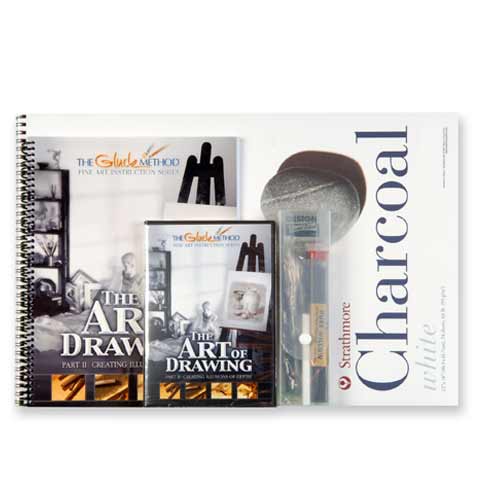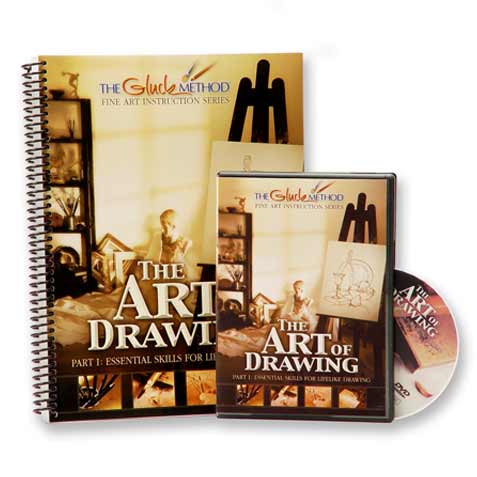Unabridged republication of original (1920) edition.
Illustrations: 100
Paperbound: 175 pages
Dimensions (in inches): 0.49 x 9.24
Publisher: Dover Publications, (June 1972)
$9.85
Unabridged republication of original (1920) edition.
Illustrations: 100
Paperbound: 175 pages
Dimensions (in inches): 0.49 x 9.24
Publisher: Dover Publications, (June 1972)
One of the most challenging subjects of the human anatomy made simple.
Mr. Bridgman states unequivocally in his introduction that before preparing this book he had ”not discovered a single volume devoted exclusively to the depicting of the hand.’
Apparently Mr. Bridgman has appreciated what few others have felt: the human hand’s great capacity for expression and the care that the artist must take to realize it.
The hand changes with the age of the person, is shaped differently according to sex, reflects the type of work to which it is put, the physical health and even the emotions of the person.
To represent these distinguishing features, to capture the expressiveness of a particular pair of hands, the artist must understand the construction, anatomy, formation and function of the hand.
There is probably no better instructor to turn to for this understanding than Mr. Bridgman, a well-respected artist who for nearly fifty years lectured and taught at the Art Students League of New York.
In this volume, a full text is accompanied by many illustrations depicting the human hand, virtually every aspect and posture of it, for the reader. He first considers the back view of the hand, the wrist bones, the tendons, the muscles, the hand bones, the arch, and the veins; and then those of the palm.
Throughout he pictures the musculature at work beneath the surface of the skin. He continues by showing how the muscles operate on the thumb side and on the little finger side when each is the center of force; how the thumb and fingers are constructed, their freedom of movement, joints and complete anatomy, views of them straight, bent and flexed; how the knuckles are formed, what shapes the fist can take and how flexible it can be; and concludes with illustrations of the total movement, either turning or rotary, of the hand in its various positions.
The 100 illustrations the author has selected perfectly define the regions of the hand so that any artist, beginning or experienced, will increase his mastery of it. Better rendering of the human hand is sure to add new expressiveness to your human figures, new forcefulness, and new interest.
| Weight | 0.5 lbs |
|---|


